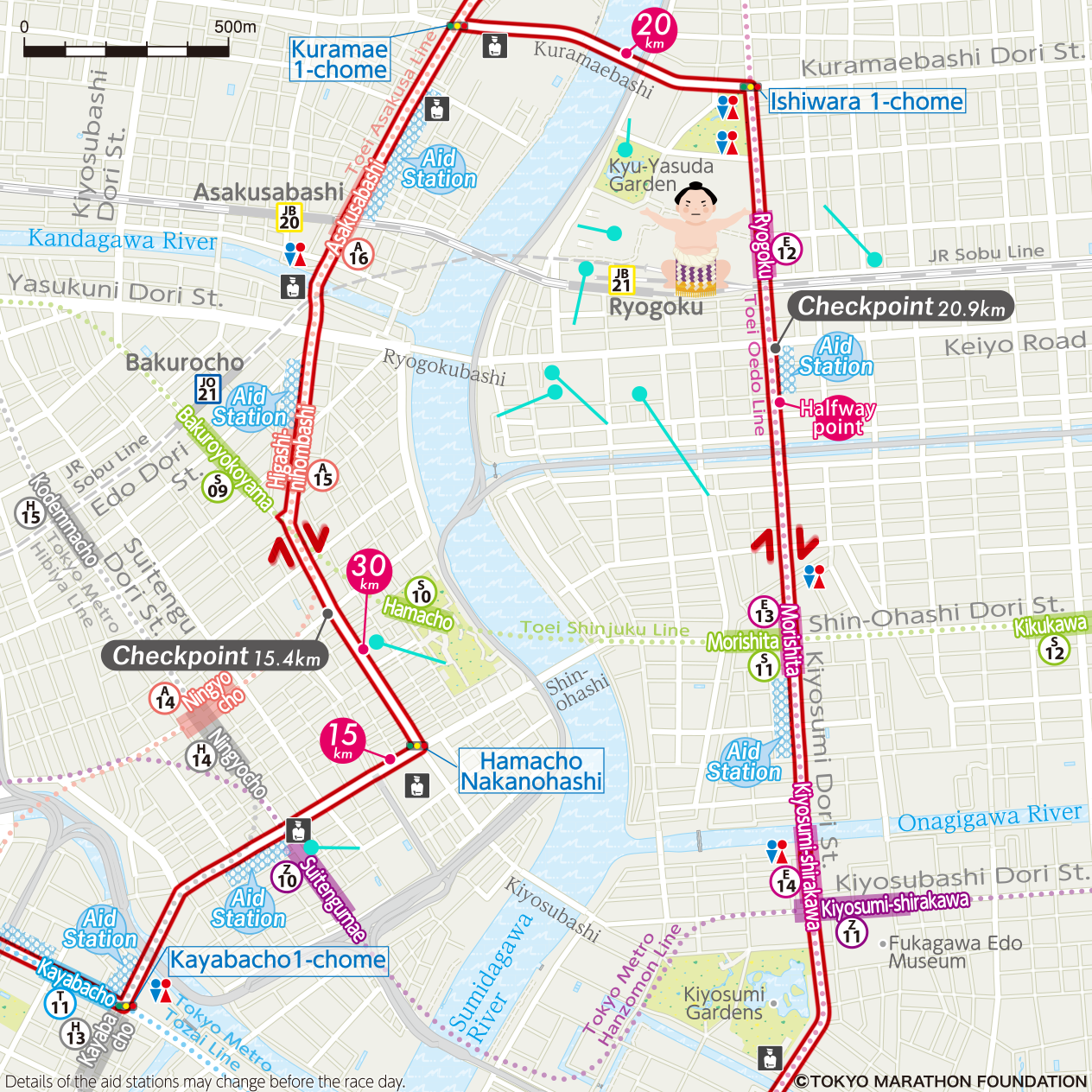JP
EN
Ningyocho/
Ryogoku
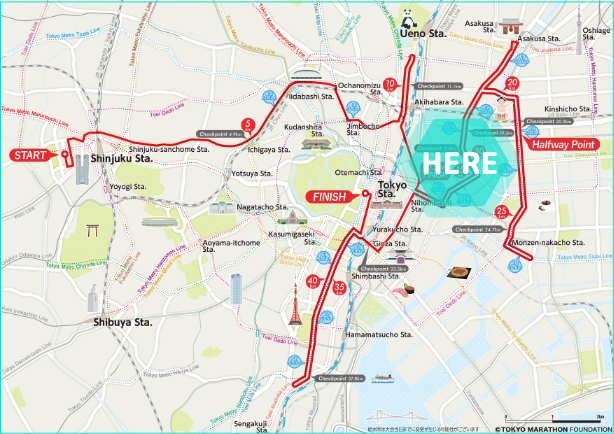
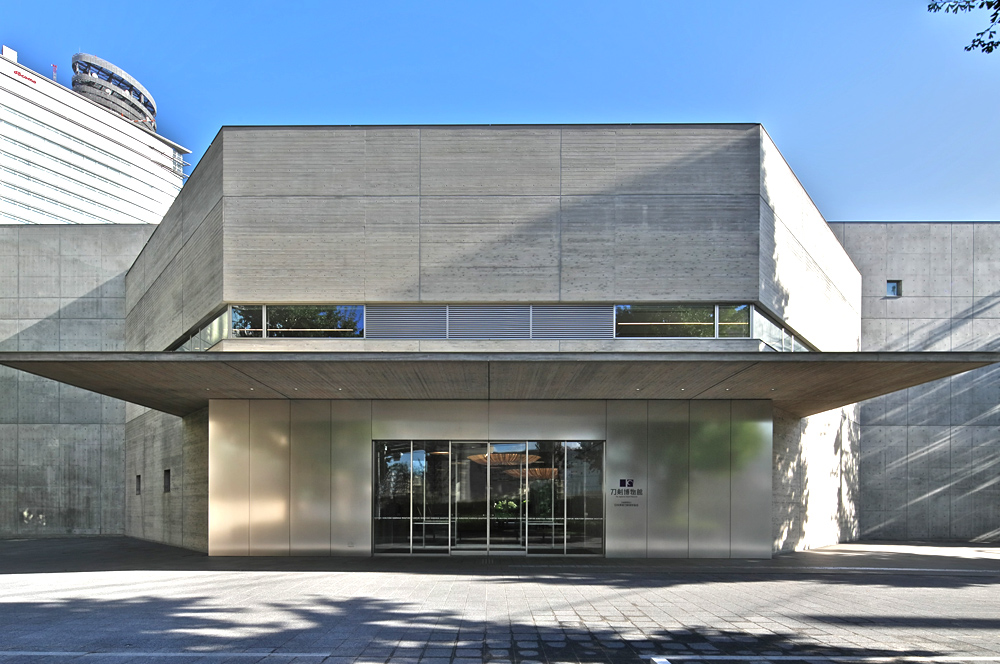
❶ The Japanese Sword Museum
You can find this museum dedicated to Japanese swords in one corner of the Kyu-Yasuda Gardens. Exhibits include valuable swords such as those designated as National Treasures and Important Cultural Properties. Visitors can learn in-depth about the allure of swords as works of art and the myriad ways to appreciate them.Ryogoku (JR, Subway)
https://www.touken.or.jp/english/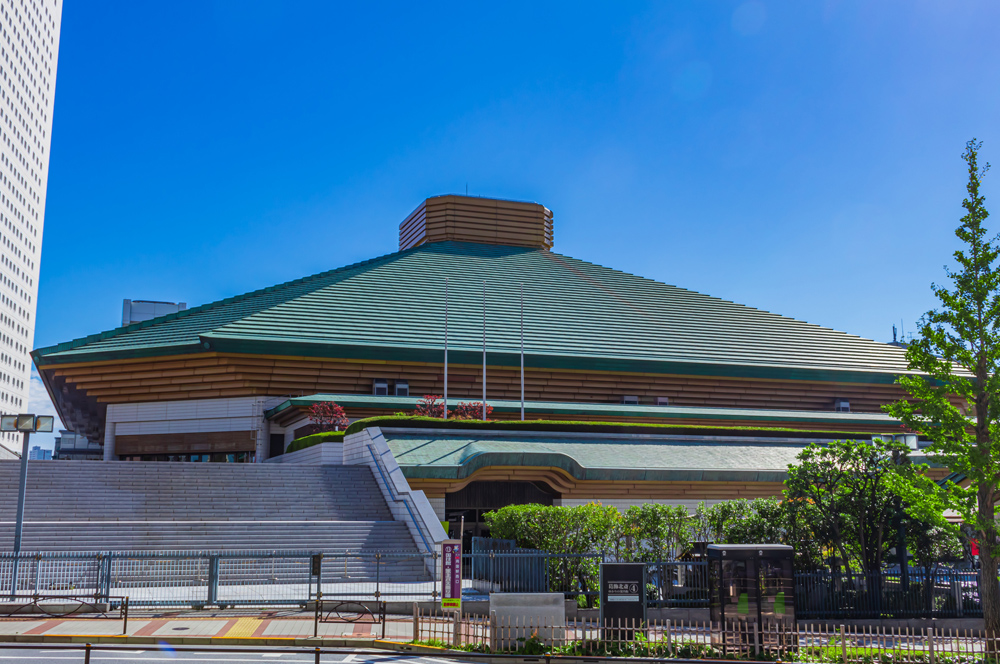
❷ Ryogoku Kokugikan
This grand arena for sumo wrestling, Japan’s national sport, can hold up to 10,000 spectators. In addition to sumo, the arena hosts various events like concerts, professional wrestling, boxing, and other sports.Ryogoku (JR, Subway)
https://ryogoku-kokugikan.jp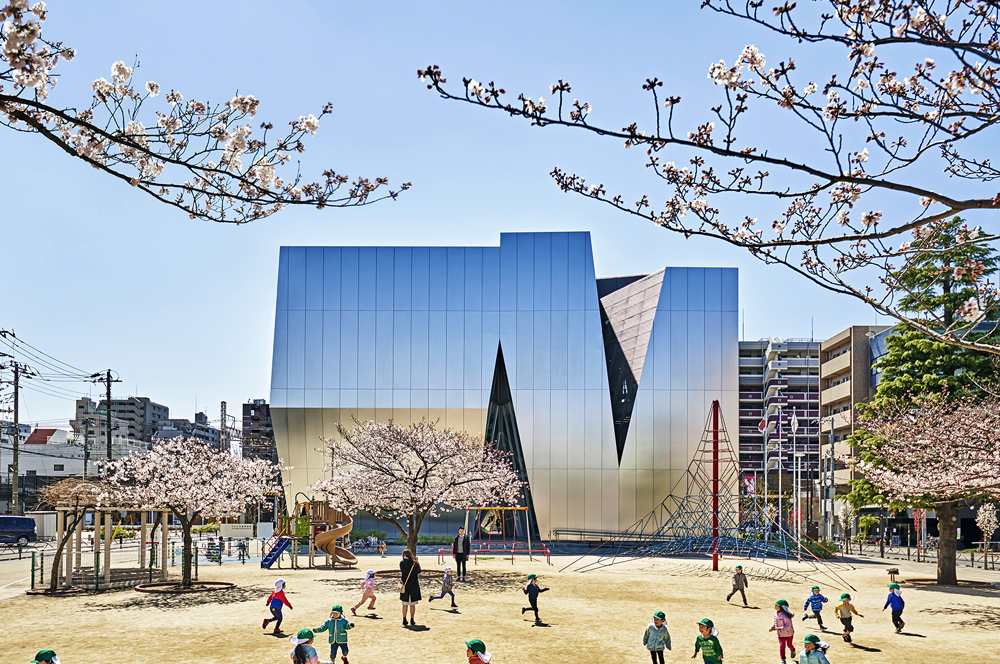
❸ THE SUMIDA HOKUSAI MUSEUM
This art museum houses and exhibits works of world-renowned ukiyo-e print artist Katsushika Hokusai and his disciples. Hokusai was born in Sumida, where he spent most of his life. In AURORA (Permanent Exhibition Room), visitors can learn about the profile and life of Hokusai through displays of life-size high-definition replicas and touch panels.Cherry blossoms are usually at their best in March to April.
Ryogoku (JR, Subway)
https://hokusai-museum.jp/?lang=en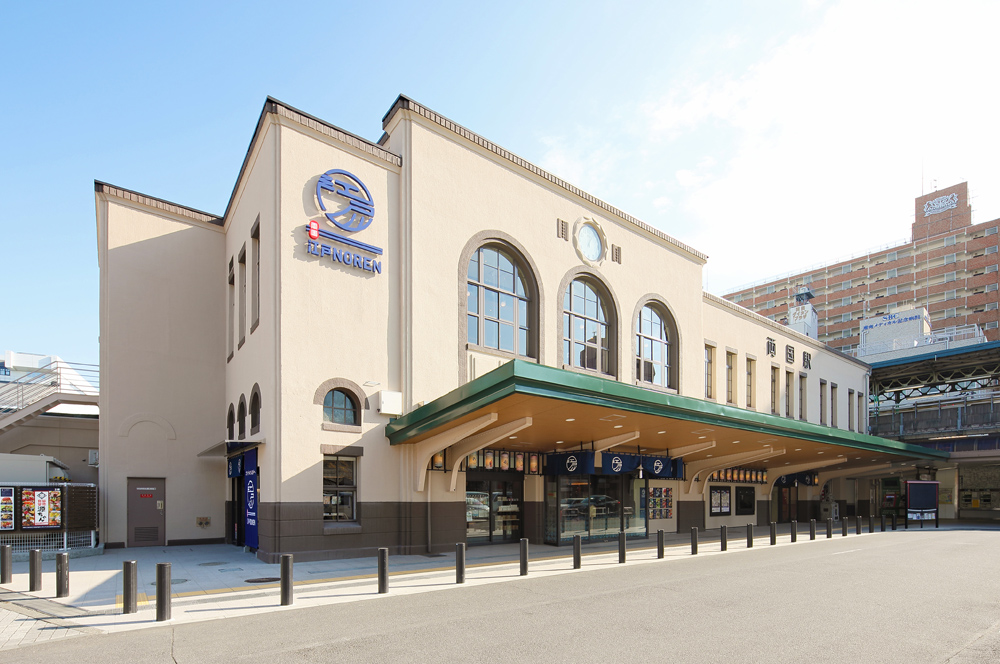
❹ -Ryogoku- Edo NOREN
Under the theme “connecting modern cuisine and culture with an Edo atmosphere,” this entertainment complex utilizes the former Ryogoku Station building built in 1929. In this space permeated with the vibe of the Edo period, you can savor sushi, soba noodles, chanko nabe (hot pot for sumo wrestlers), monjayaki (pan-fried batter with various fillings), Edomoae miso ramen, and other tasty Tokyo foods. There is even a life-size sumo ring, making this a popular destination unique to this sumo town.Ryogoku (JR, Subway)
https://www.jrtk.jp.e.wz.hp.transer.com/edonoren/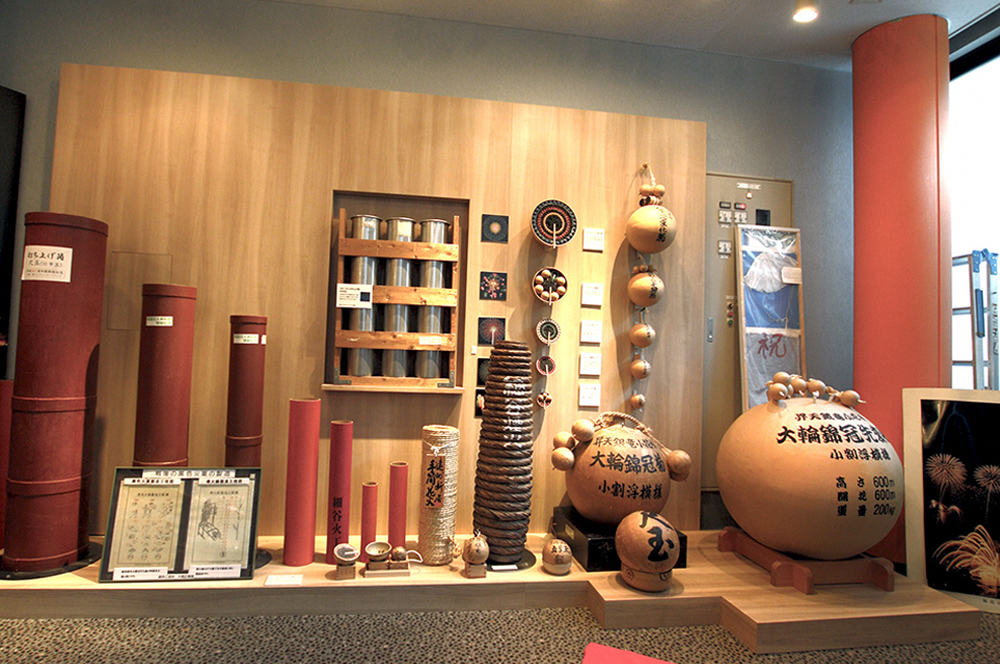
❺ Ryogoku Fireworks Museum
This facility introduces Japan’s fireworks culture. Displays include fireworks balls and launch tubes from the Edo period. Learn more about this beloved traditional event of summer in Japan.Ryogoku (JR, Subway)
https://visit-sumida.jp/spot/6036/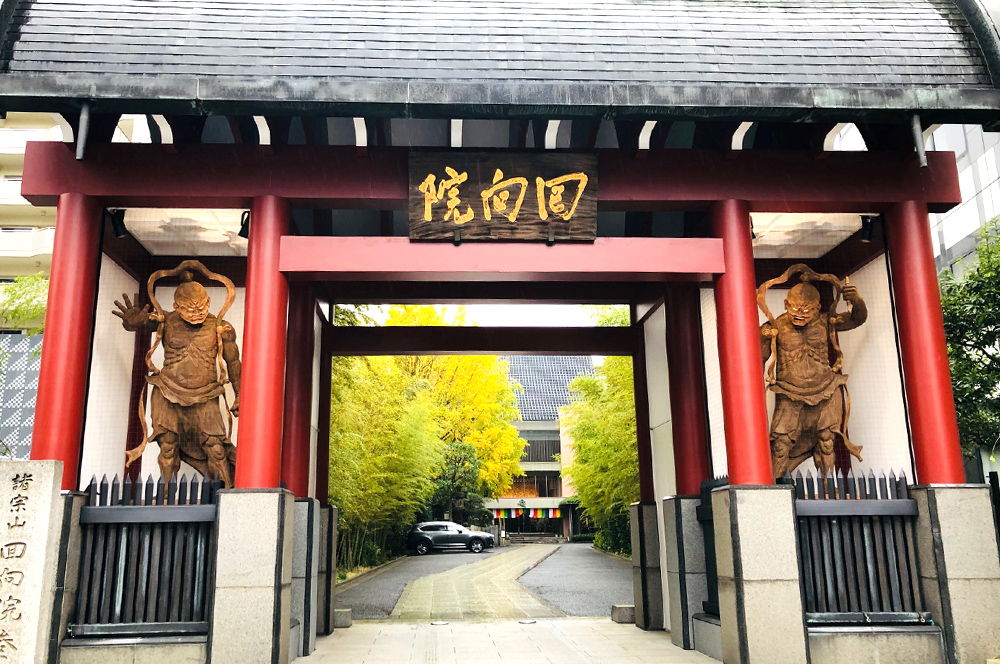
❻ Ekoin Temple
This temple is known for its association with sumo wrestling. In the past, sumo tournaments acted as popular fundraising efforts for public works and the restoration of temples and shrines. For 76 years since 1833, Ekoin Temple buzzed with spectators as the venue for the biannual fundraising sumo tournament.Ryogoku (JR, Subway)
https://ekoin.or.jp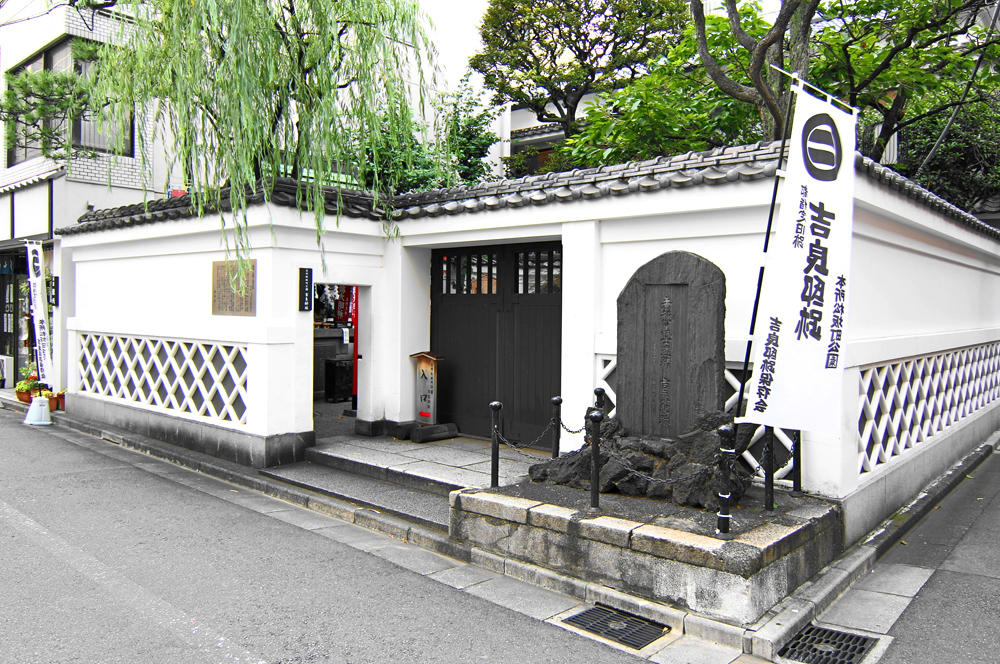
❼ Residence of Kira (Honjo Matsuzakacho Park)
This is the site of Kira Kozukenosuke’s former residence, known for its appearance in “Chushingura” (The Treasury of Loyal Retainers), a story of revenge based on the Ako Incident that occurred in the Edo Castle in the early 18th century. It has been widely performed in traditional puppet theater and kabuki, as well as in movies and TV dramas today. Now a park, Kira’s former residence still receives visits from the fans of the story.Ryogoku (JR, Subway)
https://visit-sumida.jp/spot/6175/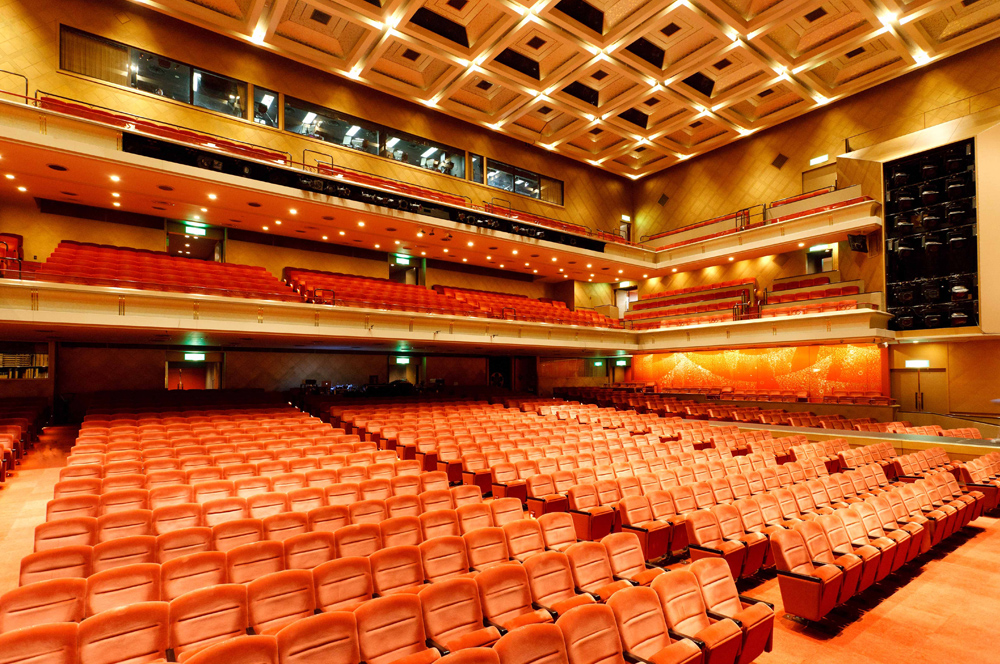
❽ Meijiza Theater
Constructed in 1873, this theater boasts a long history. Not only does it host kabuki, enka, and other popular song performances, but in recent years, it has also been showing musicals, modern plays, and collaborative anime events. These new endeavors have put Meijiza Theater back in the spotlight.Hamacho (Subway)
https://www.meijiza.co.jp/english/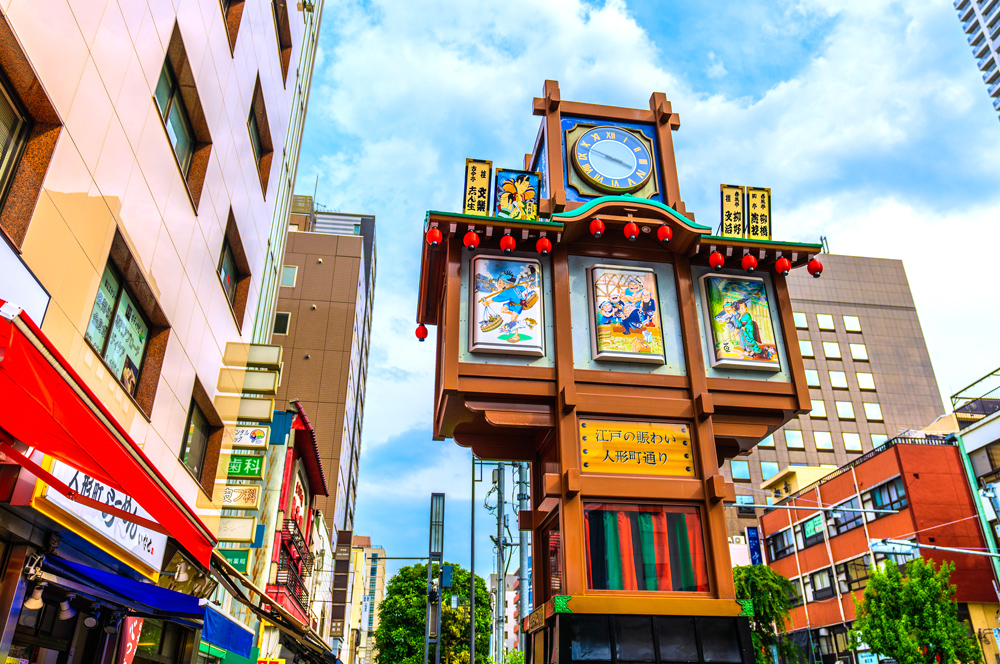
❾ Ningyocho
This town near Nihonbashi strongly exudes the atmosphere of shitamachi, old downtown Tokyo. Along Amazake Yokocho, which runs through Meijiza Theater and Hamacho Park, visitors will find many traditional craft stores and long-established restaurants existing since the Edo period.Ningyocho (Subway), Suitengumae (Subway)
http://www.ningyocho.or.jp/english/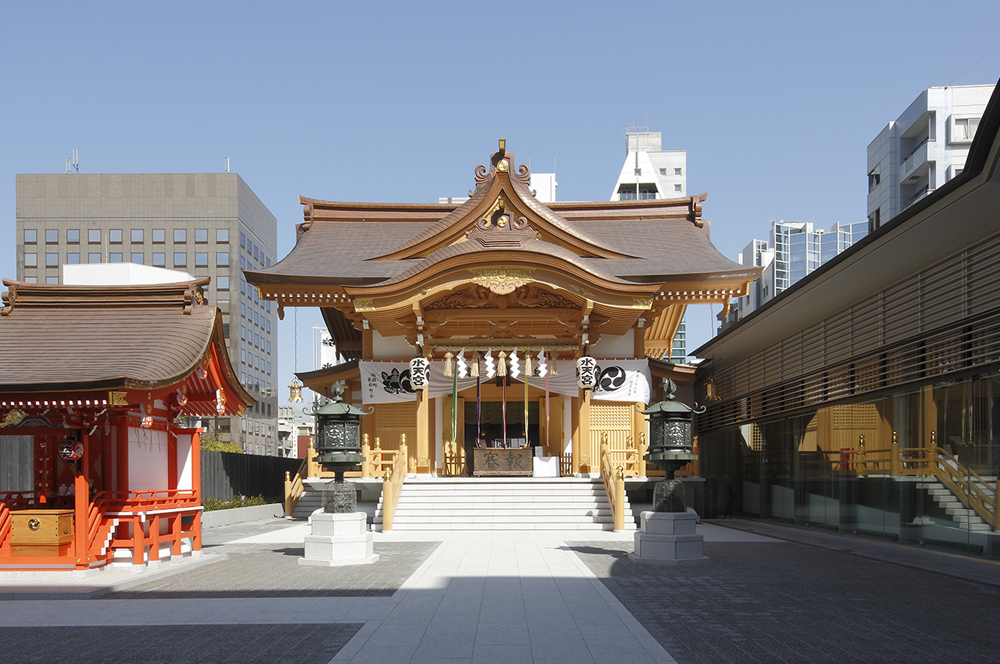
❿ Suitengu Shrine・Houfu Benzaiten
Suitengu Shrine is where four gods, including Tenminakanushi Okami, are enshrined. It is said to have vast and limitless divine virtues such as safe childbirth, child-bearing, and the dynamism of life. The statues of ``Children's Inu'' and ``Kappa,'' who raise children with ease, are popular photo spots. If you stroke your own zodiac sign among the twelve zodiac signs that surround the ``Children's Dog'', you will receive benefits such as safe delivery, fertility, protection from disasters, and good health. In addition, the ``Housou Benzaiten'' statue that is enshrined within the temple grounds is popular as a power spot for financial luck, increased family fortune, improvement in the performing arts, academic success, and beauty and health.Suitengumae (Subway)
https://suitengu.or.jp
